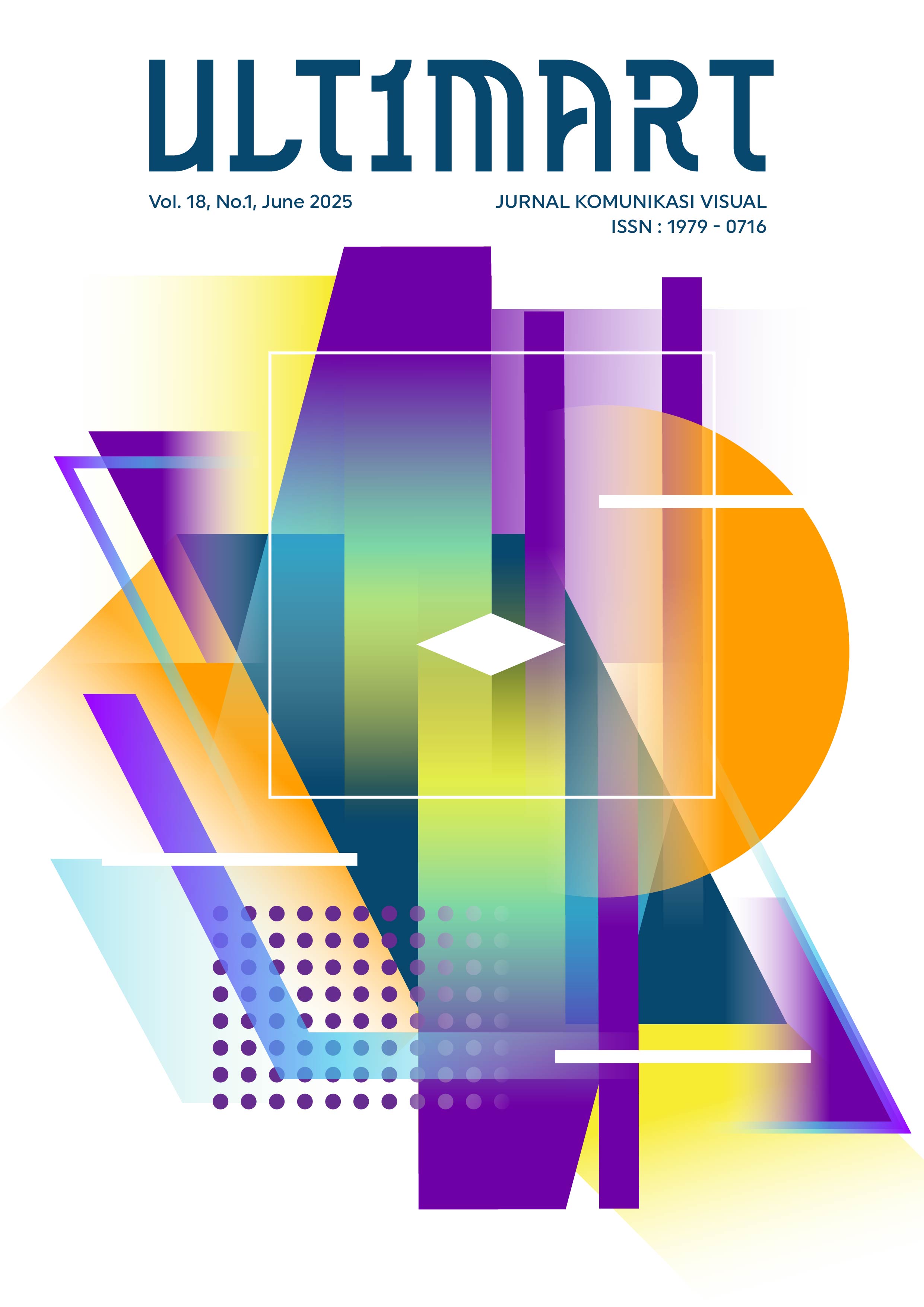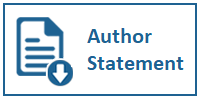From Mystique to Muddle: Unresolved Logic in Joko Anwar's Series
DOI:
https://doi.org/10.31937/ultimart.v18i1.4124Abstract
Television series, as narrative mediums, rely on the audience’s ability to suspend disbelief to emotionally and intellectually engage with fictional worlds. This study examines the "Orphan" episode from Joko Anwar’s ‘Nightmares and Daydreams’, is focusing on how logical inconsistencies disrupt this process. Using Samuel Taylor Coleridge’s suspension of disbelief theory, the research explores why unanswered questions—stemming from an implausible adoption process, a child’s undisclosed peanut allergy, and an unexplained transition from a trash avalanche to a luxury house—undermine audience trust and narrative coherence. A qualitative methodology was employed, involving scene-by-scene analysis to decode messages, document arising questions, search for answers within the film, and log unresolved issues. Findings reveal that while the episode builds anticipation through mystical premises rooted in Indonesian culture, it fails to resolve key logical gaps, pushing the suspension of disbelief beyond its limits and reducing viewer engagement. The study suggests practical alternatives, such as tying adoption ease to insider ties or magical elements, to address these flaws. This analysis underscores the importance of balancing creative liberty with narrative accountability in audiovisual storytelling, offering insights for filmmakers, academics, and critics on sustaining audience immersion in the digital era. It contributes to the broader discourse on narrative quality and the application of suspension of disbelief in contemporary media.
Keywords: joko anwar; suspension of disbelief; nightmare and daydream; unresolved issues
Downloads
Published
How to Cite
Issue
Section
License
Copyright (c) 2025 Fajar Nuswantoro

This work is licensed under a Creative Commons Attribution-ShareAlike 4.0 International License.
Authors retain copyright and grant the journal right of first publication with the work simultaneously licensed under a Creative Commons Attribution-ShareAlike International License (CC-BY-SA 4.0) that allows others to share the work with an acknowledgement of the work's authorship and initial publication in this journal.
Authors are able to enter into separate, additional contractual arrangements for the non-exclusive distribution of the journal's published version of the work (e.g., post it to an institutional repository or publish it in a book), with an acknowledgement of its initial publication in this journal.
Copyright without Restrictions
The journal permits the author(s) to hold the copyright without restrictions and will hold distributing rights without limitations.
The submitted papers are assumed to contain no proprietary material unprotected by patent or patent application; responsibility for technical content and for protection of proprietary material rests solely with the author(s) and their organizations and is not the responsibility of the Ultimart: Jurnal Komunikasi Visual or its Editorial Staff. The main (first/corresponding) author is responsible for ensuring that the article has been seen and approved by all the other authors. It is the responsibility of the author to obtain all necessary copyright release permissions for the use of any copyrighted materials in the manuscript prior to the submission.















